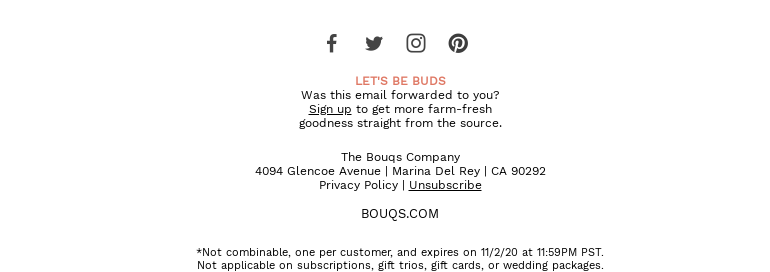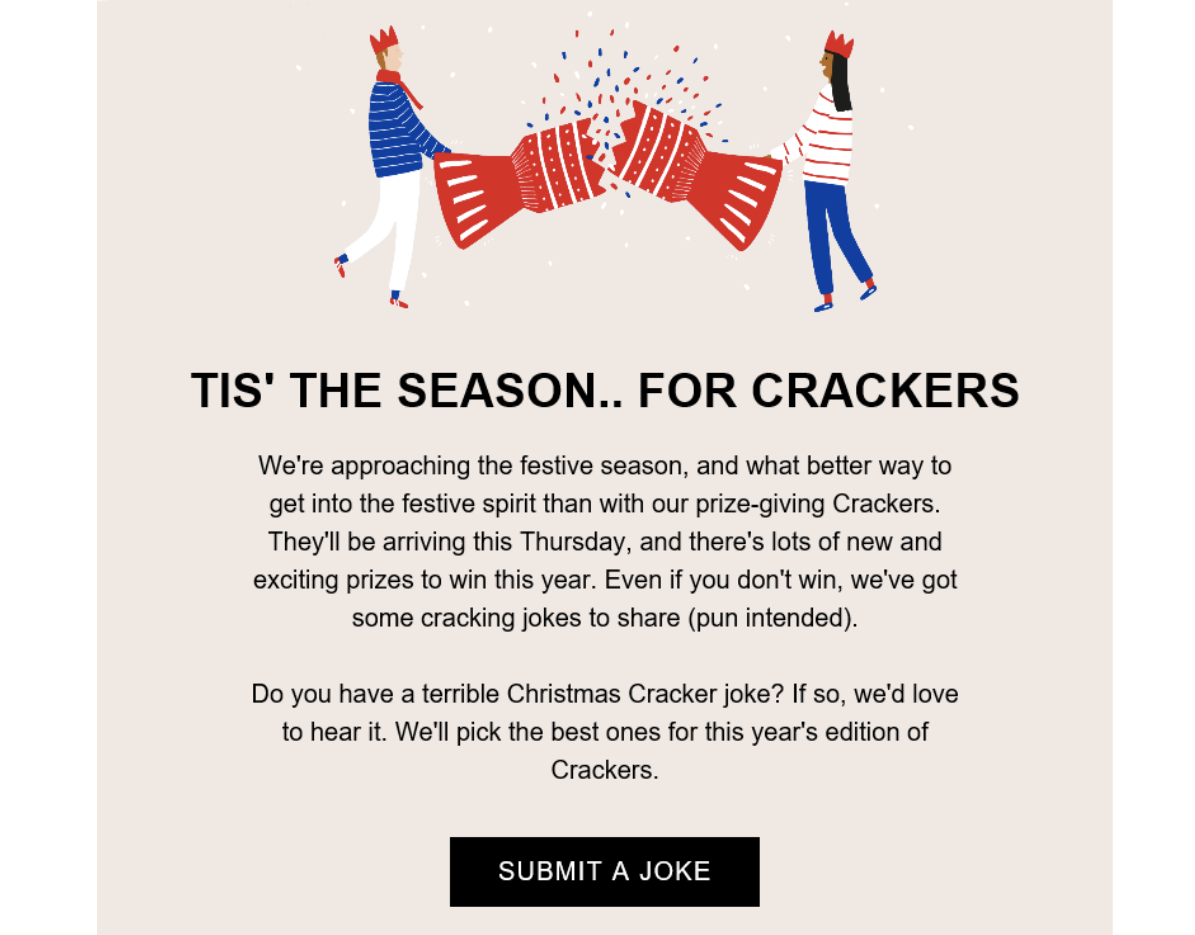
As we highlighted in our previous post, Apple MPP is already creating unexpected changes in email subscriber behavior.
After losing such an important guiding signal for list hygiene and recency management, senders should move quickly to minimize the negative impact on their programs.
There’s already a wealth of generic advice on dealing with MPP—advising senders to focus on alternative data points, lean into zero-party data, and so on. There’s far less practical guidance on specific tactics senders should use for their first post-MPP peak sales season.
In this article, we’ll share ten actionable tips and tricks to offset MPP’s impact.
1. Prime the pump
Since Apple MPP makes it harder to measure subscriber engagement, senders should focus on acquiring new subscribers who are more primed to engage in the first place. During peak sales season, many existing subscribers forward interesting offer emails to friends.
Encouraging these new readers to sign up will bring pre-engaged new subscribers into the program.
2. Remind me again?
Of course, the engagement pump also needs occasional re-priming. The DMA’s Consumer Email Tracker report (sponsored by Validity) shows over four-fifths (82 percent) of subscribers wonder (at least occasionally) how senders acquired their email addresses.
Taking just a moment to remind them plays a vital role in maintaining engagement.

3. The quest for clicks
Tracking pixels that always fire means reduced visibility into inactive and dormant subscribers, who will continue receiving emails long after they should have been suppressed. To combat this, many senders are now pivoting to clicks as an alternative to opens for tracking engagement.
This is a good thing in some ways—clicks provide a stronger signal of buying intent. The downside is that clicks generate fewer data points, so email marketers need more of them.
Some senders now use pre-header text (the so-called ‘second subject line’) as a click-through opportunity. It’s the most prominent element in any email body, so making it actionable will deliver a significant uplift in web traffic.
Senders can also get creative by providing subscribers with new reasons to click. “Rate this email” functionality, customer surveys, product reviews, and competitions are all excellent ways to provide more incentives to engage. Doing so while showing a sense of humor is a huge plus.
4. From hero to zero
As Apple MPP creates more focus on sourcing zero-party data (data customers intentionally and proactively share with brands) senders should be smart about how they request it. For example, date of birth is a powerful piece of personal data for marketers.
Incentivizing subscribers with the promise of a birthday present makes them more likely to provide this information.
5. What’s your preference?
The need for zero-party data means senders should make it easy for subscribers to manage their email preferences before they resort to spam complaints. While many emails contain a link to preference centers, few brands actively promote this functionality.
Subscribers should be encouraged to manage the types of messages and offers they receive.
6. Opt down, not out!
Good recency management means enabling subscribers to “opt down” to a reduced email frequency as a positive alternative to leaving the program completely.
7. Fight the fatigue
Peak sale season is relentless, now running from late October to mid-January. During this time, brands bombard consumers with promotional offers week after week. Without an accurate open rate signal, it’s harder to gauge when engagement starts to lag. During this extended period, senders should work proactively to mitigate email fatigue.
This excellent example from Dyson shows how. Subscribers who only want offers for certain products can set up a wish list. Those who don’t want a tsunami of Black Friday emails can take a temporary break and choose to resume messages after Thanksgiving weekend.
8. Cut out the complaints
When subscribers leave your program, let them go with grace and make the process as frictionless as possible. Nobody likes to see their list shrink, but unsubscribes are still preferable to spam complaints when it comes to maintaining a positive sender reputation.
Positioning the unsubscribe link prominently in the email header is a crucial best practice to maintain your sender reputation.
9. The Final Countdown
Countdown timers are a staple of peak sales season, used to create awareness and urgency as offer deadlines approach. However, MPP’s pre-fetching of email images means these times may be wrong, based on when emails were delivered rather than opened.
Senders should consider alternative tactics to mitigate false reads. In this arena, Mexican programs have shown the way, using relevant emojis and animated GIFs to create heightened awareness of expiring deals.
10. Invigorate with Validity
Apple MPP creates two new challenges for email marketers: measuring existing subscriber engagement and ensuring new subscribers are more likely to engage. Many of the examples we’ve shown are established email best practices that will quickly move the performance needle.
Need help mastering Apple MPP?
Validity helps email senders manage MPP in a variety of ways. BriteVerify helps ensure email lists remain high quality, Sender Certification preserves their inbox placement rates, and the Everest email success platform provides the new data points needed to identify and manage Apple Mail users.
Hickory Farms is a big fan. They run a highly seasonal program (conducting most business during November and December), meaning optimal peak season email performance is critical.
With help from Validity, their email program now enjoys near-100 percent inbox placement rates.
To hear their story, read the case study.








